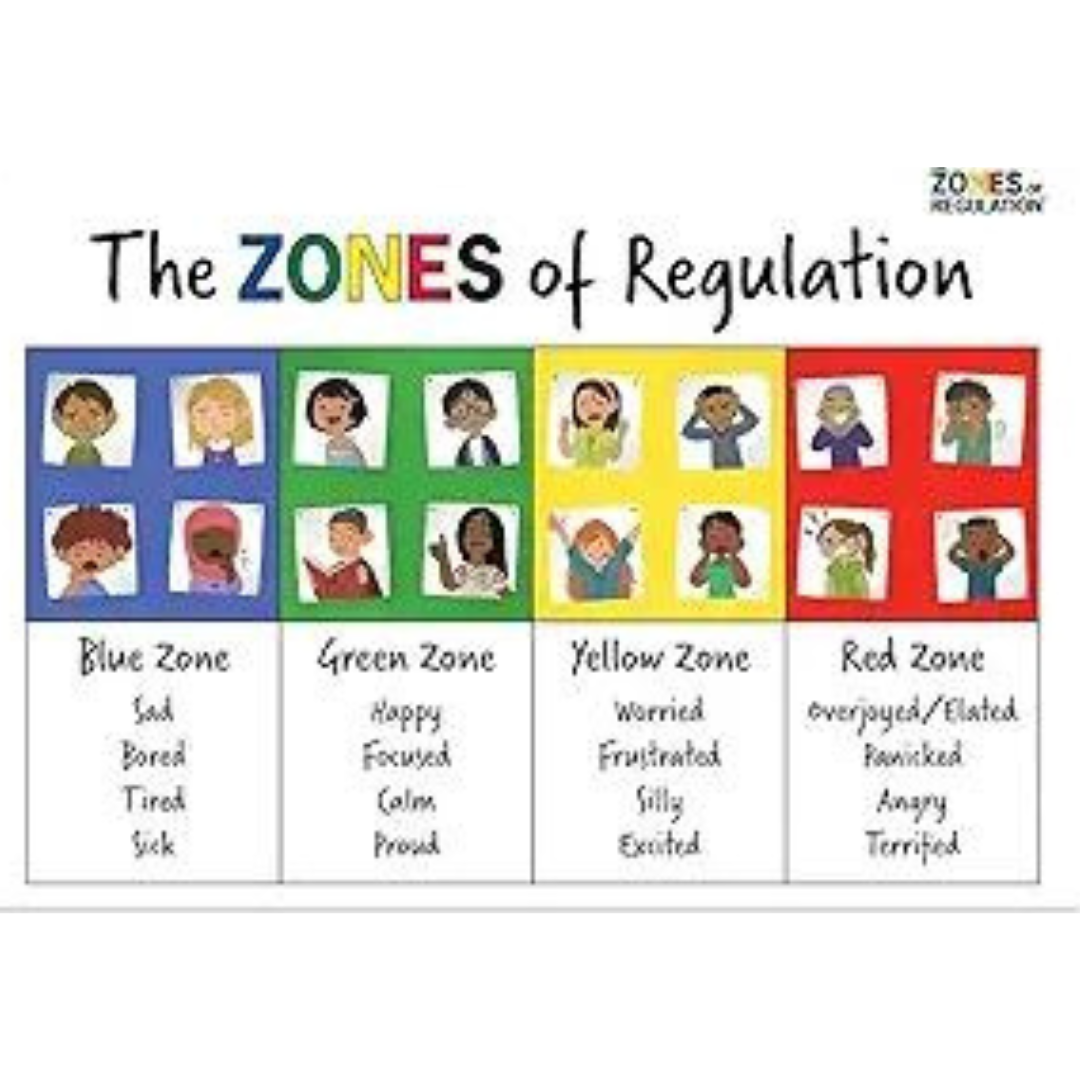
The 10 Best Zones of Regulation Activities that will empower your kids and improve their regulation
Are you looking for fun and engaging Zones of Regulation Activities? If so, you have come to the right place.
This blog post will dive deep into the Zones of Regulation, explaining what they are, the benefits they offer, and providing detailed descriptions of the top 10 Zones of Regulation activities that can be implemented at home or in therapy sessions.
This post was created by Marra Robert, OTD, OTRL and contains affiliate links.
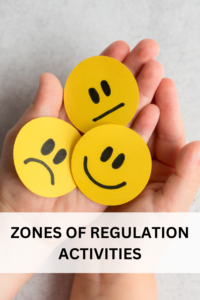
Hi! My name is Marra and I’m a mama and a pediatric occupational therapist who has years of experience working with children with diverse developmental needs and helping their parents navigate the ups and downs of child development.
I loved being a support person for parents learning about child development, sensory processing, and their child’s individual needs. As an occupational therapist, helping children navigate their emotions and behaviors is a cornerstone of fostering their overall development.
Emotional regulation is crucial for success in both academic and social settings, but many children struggle with managing their feelings and responses to various situations.
The Zones of Regulation framework, developed by Leah Kuypers, is a highly effective tool for teaching children to understand and manage their emotions.
This blog post is all about the Zones of Regulation and the top 10 fun and engaging Zones of Regulation activities to do with your child to help improve their emotional regulation. Let’s get started!
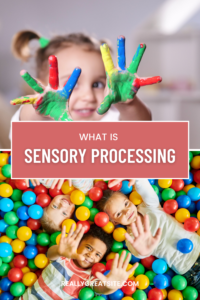
What Are the Zones of Regulation?
The Zones of Regulation is a cognitive-behavioral approach designed to help children categorize their emotions and states of alertness into four colored zones.
This framework provides children with a visual and structured way to think about their emotions and how they respond to different situations. The four zones are:
- Blue Zone: The Blue Zone is associated with low energy levels and low states of alertness. Children in this zone may feel sad, tired, sick, bored, or uninterested. It’s a state where the body and mind are not fully engaged, and it can be challenging for children to participate in activities or respond to social cues when they’re in the Blue Zone.
- Green Zone: The Green Zone is considered the optimal state for learning and interaction. In this zone, children feel calm, focused, happy, and ready to engage with the world around them. The Green Zone is often referred to as the “just right” zone because it represents a balanced state where children can effectively manage their emotions, behaviors, and thoughts.
- Yellow Zone: The Yellow Zone indicates a heightened state of alertness. While children in this zone still have some control over their actions, they may feel excited, anxious, frustrated, or overwhelmed. This zone represents a state where emotions are more intense, but still manageable. Children in the Yellow Zone may need to take steps to calm down and return to the Green Zone.
- Red Zone: The Red Zone is the most intense state of alertness and is associated with strong emotions such as anger, rage, panic, or terror. In this zone, children may lose control over their behavior, leading to outbursts, aggression, or withdrawal. The Red Zone is a critical area where immediate intervention may be needed to help the child regain control and move toward a calmer state.
The Zones of Regulation framework is designed to teach children that all zones are normal and acceptable, but that there are appropriate ways to respond to each zone. By recognizing which zone they’re in, children can learn to use specific strategies to either stay in that zone (if appropriate) or shift to a more regulated state.

Benefits of Using Zones of Regulation Activities
Implementing Zones of Regulation activities in therapy or at home offers several key benefits that contribute to a child’s emotional and behavioral development:
- Self-Awareness: The Zones of Regulation activities encourage children to become more aware of their internal states. By regularly checking in with themselves, they learn to recognize the physical and emotional cues that signal which zone they are in. This self-awareness is a foundational skill for emotional regulation.
- Emotional Vocabulary: Many children struggle with identifying and expressing their emotions because they lack the language to describe what they’re feeling. The Zones of Regulation activities provide a simple yet effective way to build an emotional vocabulary, enabling children to articulate their emotions more accurately.
- Problem-Solving: The Zones of Regulation activities teach children to think critically about their emotional states and to choose strategies that can help them regulate their behavior. This problem-solving approach empowers children to take an active role in managing their emotions, rather than feeling overwhelmed by them.
- Behavioral Regulation: One of the most significant benefits of the Zones of Regulation activities are its impact on behavior. By understanding their emotions and using appropriate strategies, children can reduce impulsive or inappropriate behaviors. This leads to better social interactions and more positive outcomes in various settings.
- Social Skills: Emotional regulation is closely tied to social competence. The Zones of Regulation activities help children develop empathy and an understanding of how their actions affect others. As they learn to manage their emotions, they also become more adept at navigating social situations and building positive relationships.
Top 10 Zones of Regulation Activities
Incorporating Zones of Regulation activities can make learning about emotional regulation engaging and accessible for children. Here are the top 10 Zones of Regulation activities that you can use to reinforce the Zones framework:
Zone Check-In Chart
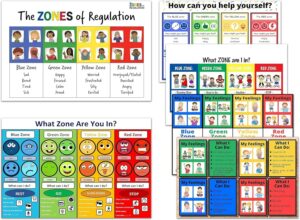
Description: A Zone Check-In Chart is a visual tool that allows children to regularly monitor their emotional state throughout the day. This activity helps them become more aware of how their feelings change in different situations.
How to Do It: Create a chart with the four zones and place it in a prominent location, such as on a wall or a desk. Provide children with markers, stickers, or Velcro pieces that they can move to indicate their current zone.
At specific intervals (e.g., morning, before lunch, after recess), ask the child to think about how they feel and place their marker in the appropriate zone. Encourage discussions about why they are in that zone and whether they need to use any strategies to shift to a different zone.
Emotion Matching Game
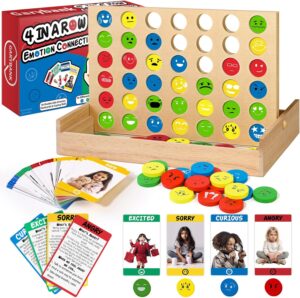
Description: The Emotion Matching Game is a hands-on activity that helps children connect specific emotions with the corresponding zones. This activity reinforces the concept that different emotions fit into different zones.
How to Do It: Create or purchase cards with images of faces displaying various emotions (e.g., happy, sad, angry, tired). Lay out the cards in front of the child and ask them to match each emotion to the correct zone. For example, a card showing a sleepy face would go in the Blue Zone, while a card showing an excited face would go in the Yellow Zone. Discuss each choice with the child, helping them understand why certain emotions belong in specific zones.
Zones of Regulation Bingo
Description: Zones of Regulation Bingo is an interactive game that encourages children to reflect on their emotions and behaviors throughout the day. This activity promotes self-reflection and helps children recognize patterns in their emotional states.
How to Do It: Create bingo cards with different feelings, behaviors, or situations that align with each zone (e.g., “felt tired,” “had a great time,” “got frustrated,” “felt angry”).
During a group session or at home, have the child reflect on their day and mark off the corresponding feelings or behaviors on their bingo card. The goal is to fill a row, column, or diagonal with experiences from each zone. Afterward, discuss the child’s day and the strategies they used or could have used to manage their emotions.
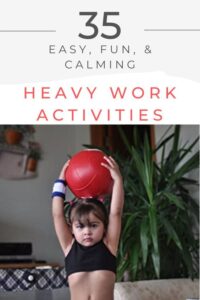
The Zones Jar
Description: The Zones Jar is a tool filled with slips of paper, each containing a coping strategy that corresponds to one of the zones. This activity encourages children to actively choose strategies that can help them regulate their emotions.
How to Do It: Prepare a jar and fill it with slips of paper, each labeled with a coping strategy (e.g., “take deep breaths,” “do a quick stretch,” “talk to a friend,” “count to ten”).
When a child identifies which zone they are in, they can draw a slip from the jar that corresponds to their current zone. For instance, if a child is in the Yellow Zone and feeling anxious, they might pick a slip that says “take deep breaths.” Discuss with the child how the strategy worked and if they feel more regulated afterward.
Feelings Thermometer
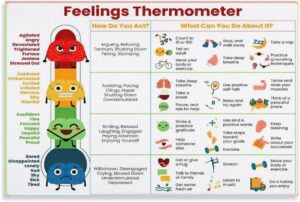
Description: The Feelings Thermometer is a visual tool that helps children understand the intensity of their emotions by comparing them to the levels on a thermometer. This activity teaches children to assess the strength of their feelings and decide if they need to take action.
How to Do It: Create a thermometer graphic with colors matching the zones (e.g., Blue at the bottom, Green in the middle, Yellow above Green, and Red at the top). When a child feels an emotion, they can point to where it falls on the thermometer.
For example, if they are feeling slightly frustrated, they might point to the Yellow Zone near the Green Zone. This helps children gauge the intensity of their emotions and consider strategies for regulation. Over time, they learn to recognize early signs of emotional escalation and take steps to calm themselves before reaching the Red Zone.

Zone Stories
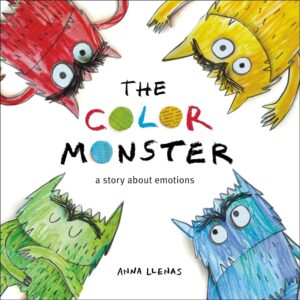
Description: Zone Stories are narrative-based activities where children either create or listen to stories that depict characters experiencing different zones. This activity enhances understanding by applying the Zones framework to real-life or fictional scenarios.
How to Do It: Choose or create a story where characters go through various emotional experiences. As you read the story with the child, pause when a character displays a strong emotion and ask the child to identify the zone the character is in.
For instance, if a character is feeling scared, the child might say the character is in the Red Zone. Discuss what the character could do to manage their emotions and move to a different zone. This activity not only reinforces the zones but also helps children empathize with others and think critically about emotional regulation.
Sensory Bottles
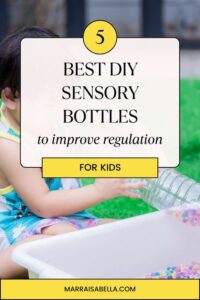
Description: Sensory Bottles are calming tools that provide a visual representation of emotions settling down. These bottles are filled with glitter, water, and small objects, and can be used to help children manage their emotions in a soothing way.
How to Do It: Create sensory bottles using clear plastic bottles, water, glitter, and small objects like beads or sequins. When a child feels dysregulated, they can shake the bottle and watch the contents slowly settle.
This activity is calming and provides a visual metaphor for how their emotions can also settle down with time and the right strategies. Encourage the child to use the bottle when they feel themselves moving into the Yellow or Red Zone, as a way to bring themselves back to the Green Zone.
Calm Down Corner
Description: A Calm Down Corner is a designated space filled with calming tools and activities that a child can visit when they need to regulate their emotions. This activity gives children a physical place to retreat to when they feel overwhelmed.
How to Do It: Set up a quiet, comfortable corner with soft pillows, calming music, sensory toys, and visual charts of the zones. Include items like stress balls, fidget toys, weighted blankets, and coloring books.
Encourage the child to visit the Calm Down Corner whenever they feel they are entering the Yellow or Red Zone. Teach them that it’s okay to take a break and use the tools in the corner to help them return to a more regulated state. Over time, the Calm Down Corner becomes a safe space where the child can practice self-regulation.
Mindful Breathing Exercises
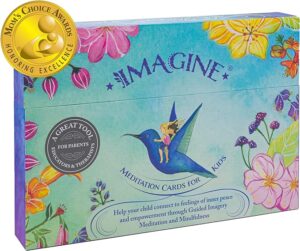
Description: Mindful Breathing Exercises are techniques that help children stay in or return to the Green Zone by focusing on their breath. These exercises promote relaxation and focus, making them ideal for managing stress and anxiety.
How to Do It: Teach children specific breathing techniques, such as “belly breathing,” where they place a hand on their stomach and take slow, deep breaths, feeling their stomach rise and fall.
Another technique is the “5-4-3-2-1 grounding” exercise, where the child focuses on five things they can see, four things they can touch, three things they can hear, two things they can smell, and one thing they can taste.
These exercises help the child focus on the present moment, reducing anxiety and helping them stay calm. Practice these exercises regularly so that the child can easily use them when needed.
Zone Journals
Description: Zone Journals are personal logs where children can write or draw about their emotions and the zones they were in throughout the day. This activity encourages self-reflection and helps children track their emotional regulation over time.
How to Do It: Provide children with a journal where they can reflect on their day, either through writing or drawing. Encourage them to record which zones they experienced, what caused them to be in those zones, and what strategies they used to regulate their emotions.
Over time, the journal becomes a valuable tool for recognizing patterns in their emotions and behaviors. Discuss the journal entries with the child, helping them identify triggers and successful strategies for emotional regulation.
Incorporating the Zones of Regulation into your therapy sessions or home activities can be a powerful way to help children develop emotional awareness and self-regulation skills.
These activities not only make the learning process fun and engaging but also provide practical strategies that children can use in their daily lives. By consistently practicing these activities, children can become more adept at recognizing their emotions and choosing appropriate responses, leading to better emotional and behavioral outcomes.
As they grow more comfortable with the Zones framework, they will develop the resilience and self-regulation skills needed to navigate the challenges of life with confidence and composure.
